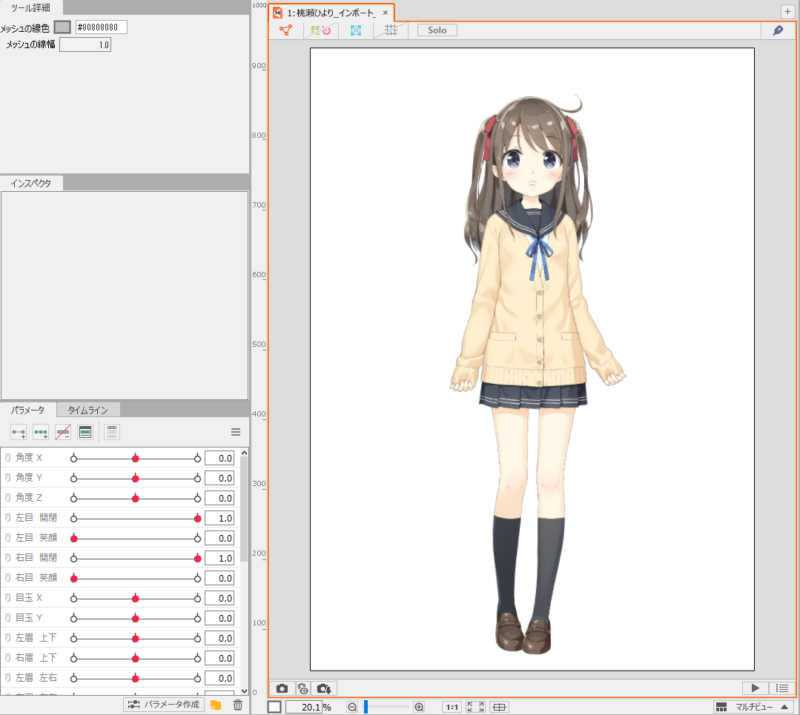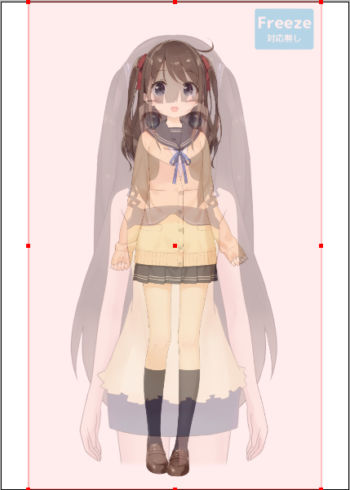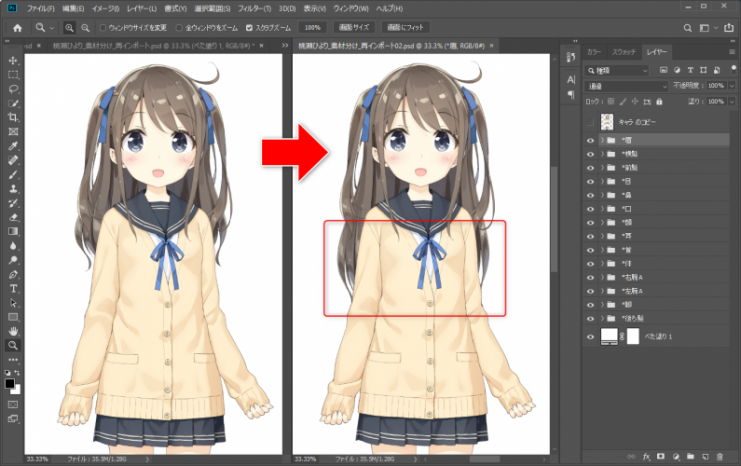

This adds one keyform at EyeL Open = 0.0 and another at EyeL Open = 1.0. Use the shift key to select multiple parts. To fix this, we’ll now select the upper and lower eyelid, then press the button for adding two keyforms to this parameter. In the video below, you’ll see that sliding the parameter does nothing since it is not connected to any parts. Take a moment to orient yourself and find the parameters. Parts can also be directly selected and moved on the canvas

The eye icon can be used to temporarily hide/show a part. You’ll see the coresponding part get selected on the right. They are grouped into folders on the left, which are an arbitrary way of organizing it for your convenience.ĭifferent parts can be selected through the menu on the left. You’ll be able to see all the different parts that make up the avatar. psd by dragging the file into the Live2D window. To demonstrate keyforms and basic movement (translation), let’s hook up some eyelids. I’ve provided a version with the names in English if you want to follow along.ĭownload: mark-kun-en.psd Importing and navigation The original model has all the part names in Japanese ( source).
#LIVE2D TEMPLATE FREE#
I will be using Mark-Kun, which is a free model provided by Live2D. For the tutorial, we will go through some concrete examples of how this is done.

#LIVE2D TEMPLATE SOFTWARE#
When the parameter value is somewhere between two values, the Live2D software will automatically fill in the blanks. These specific values of a parameter where the exact configuration of the avatar is defined are called keyforms. Then, we will define what the avatar looks like when the mouth is open ( MouthOpen = 1.0) and the mouth is closed ( Mouth Open = 0.0). For example, Mouth Open can be connected to the upper and lower lips. For example, Mouth Open is a parameter that varies from 0.0 to 1.0, with 0.0 being completely closed and 1.0 being completely open.įor each parameter, you can link different body parts that will be affected by it. In Live2D, there are many different parameters that correspond to different movements. Live2D is the most popular software for rigging 2D avatars, so we will be using that. Prior to rigging, the model is just a static collection of parts, such as eyelids, ears, hair strands, lips, etc. Rigging is the process of defining these different animations. Motions such as blinking, speaking, and tilting the head are detected and a corresponding animation is applied to the Vtuber’s avatar. When Vtubing, apps such as FaceRig are used with a webcam to determine the streamer’s facial orientation and expression. At the end, you’ll have a minimal Live2D model that can be tested with software like FaceRig or PrPrLive. psd file consisting of the different parts of an avatar. This guide will teach you about the basics of rigging a model in Live2D.


 0 kommentar(er)
0 kommentar(er)
